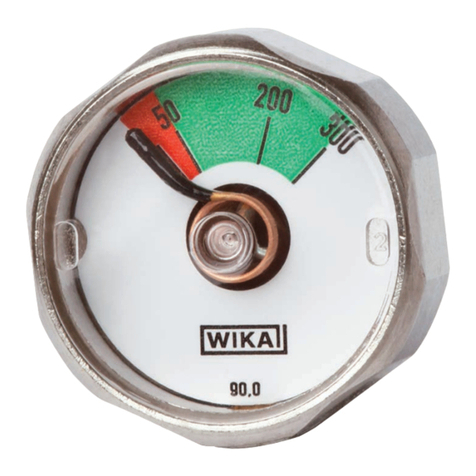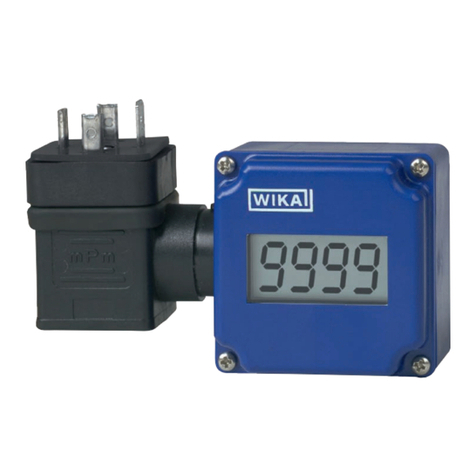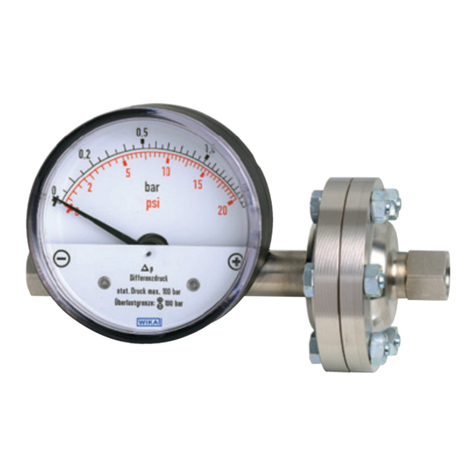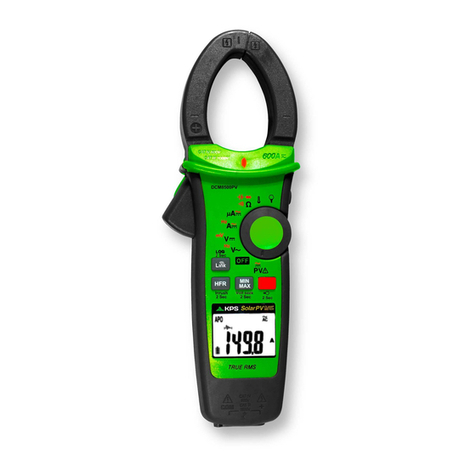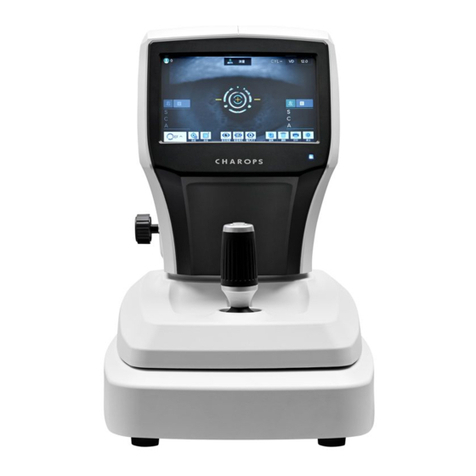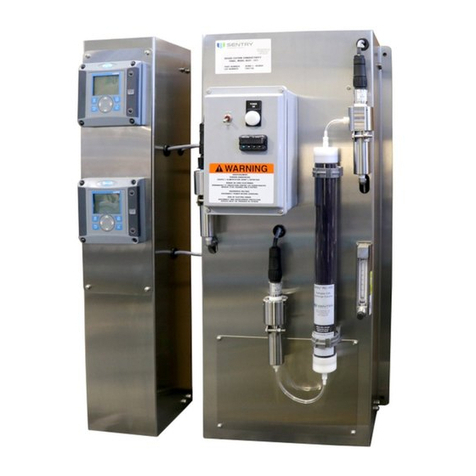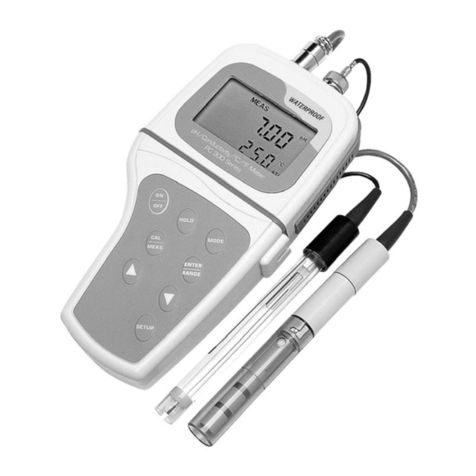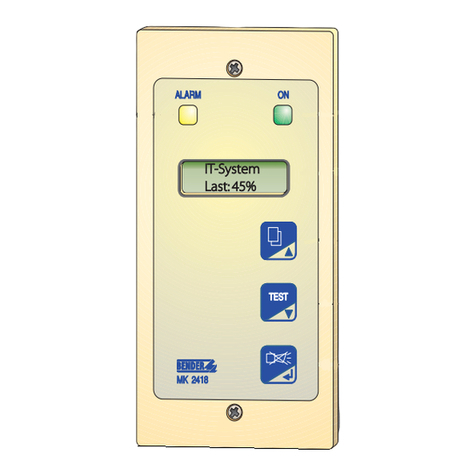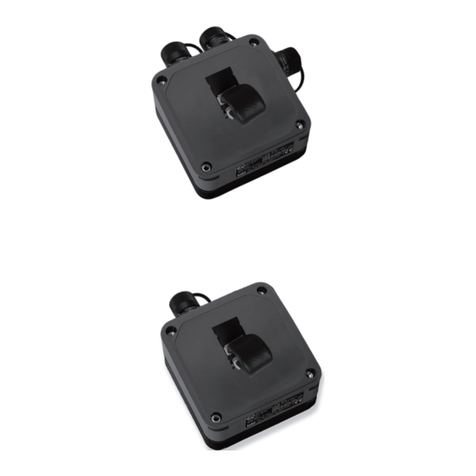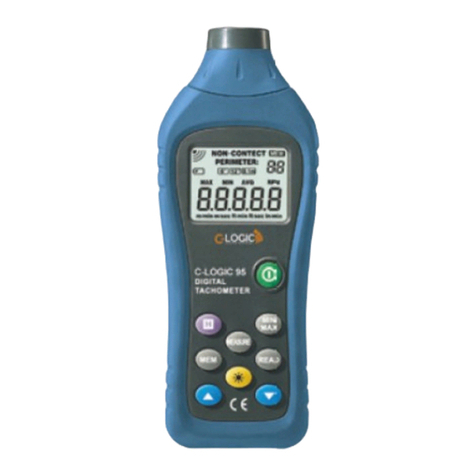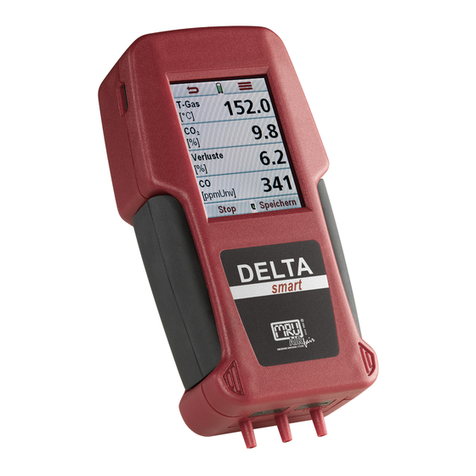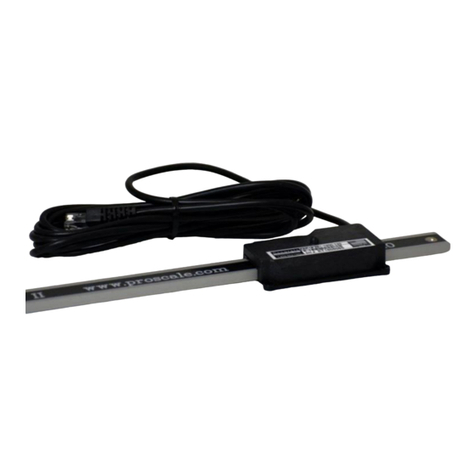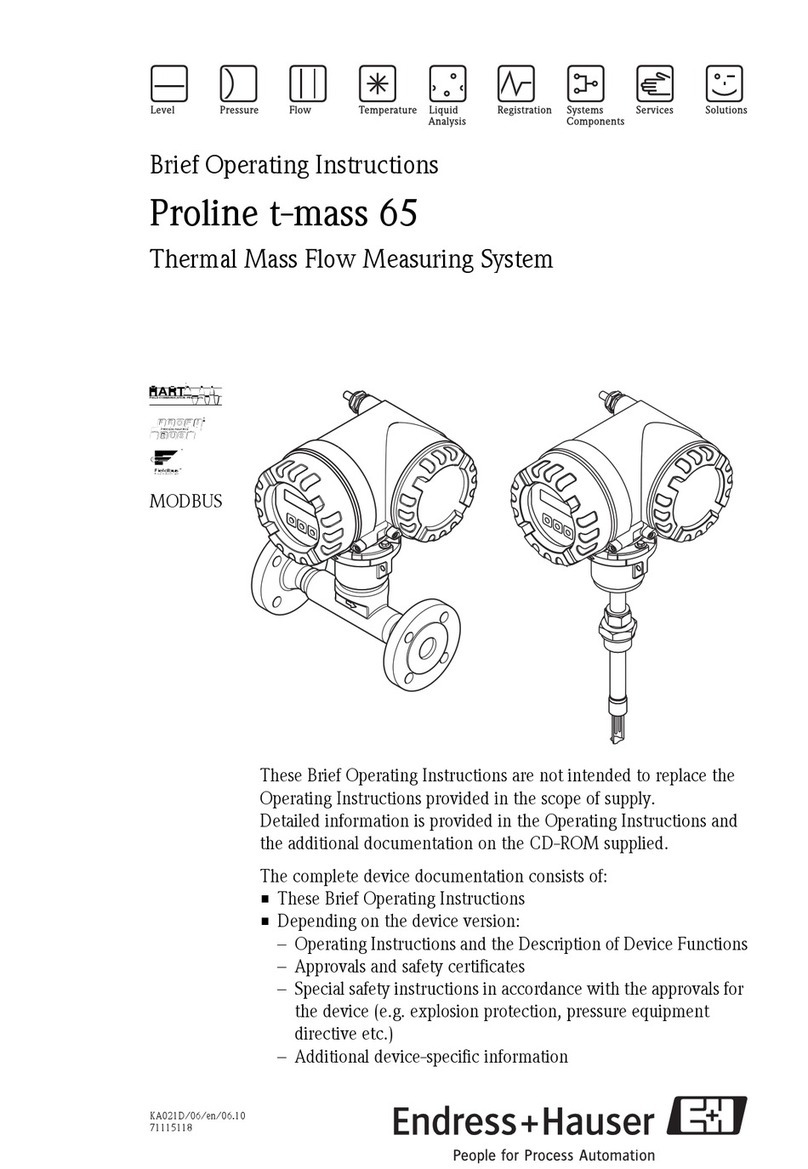WIKA PGW23.100.11 User manual




















Table of contents
Languages:
Other WIKA Measuring Instrument manuals
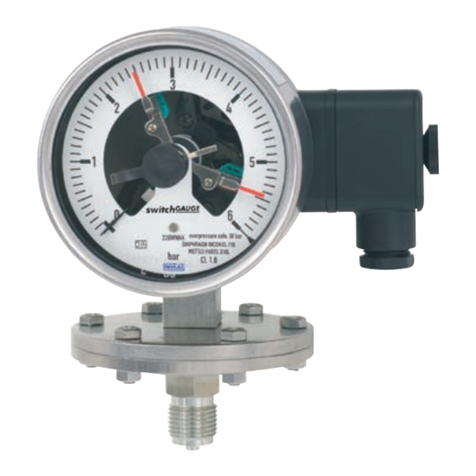
WIKA
WIKA 821 User manual
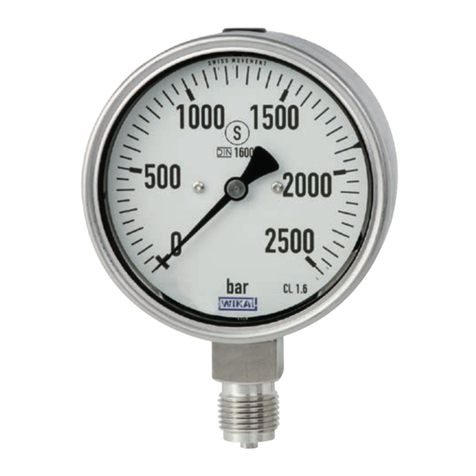
WIKA
WIKA PG23HP Series User manual
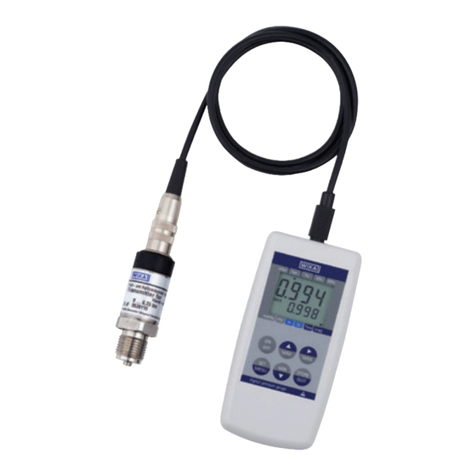
WIKA
WIKA CPH6200-S1 User manual
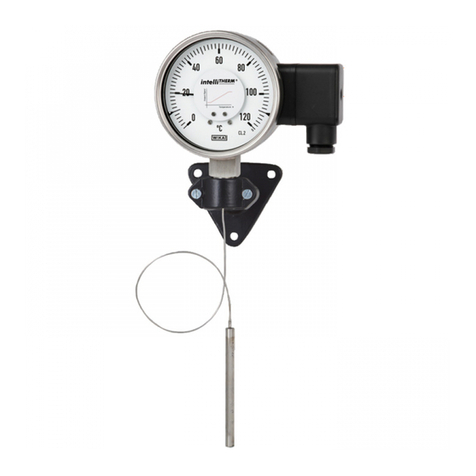
WIKA
WIKA intelliTHERM TGT70 User manual

WIKA
WIKA PG43SA-S User manual
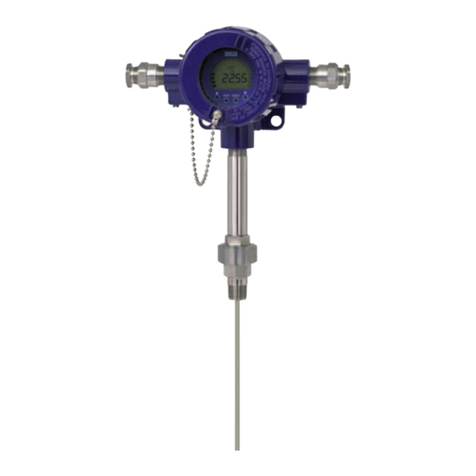
WIKA
WIKA TR12 Series Operating instructions
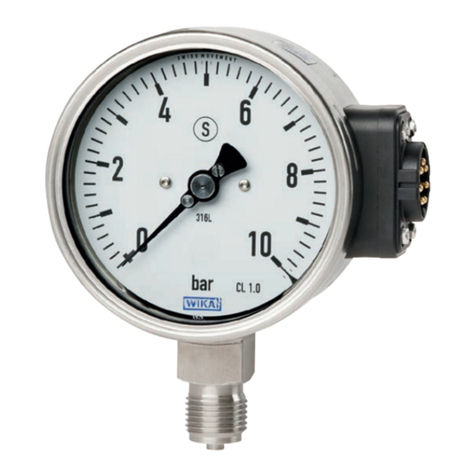
WIKA
WIKA PGU23.100 User manual
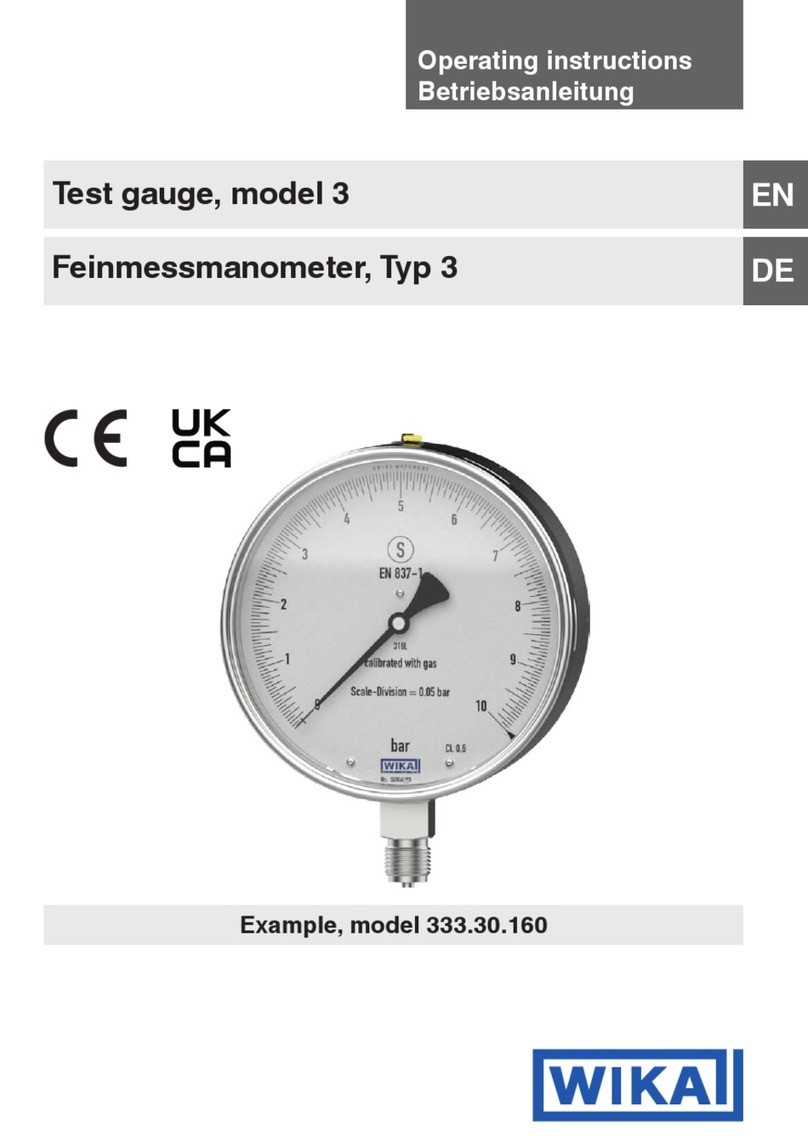
WIKA
WIKA 3 Series User manual
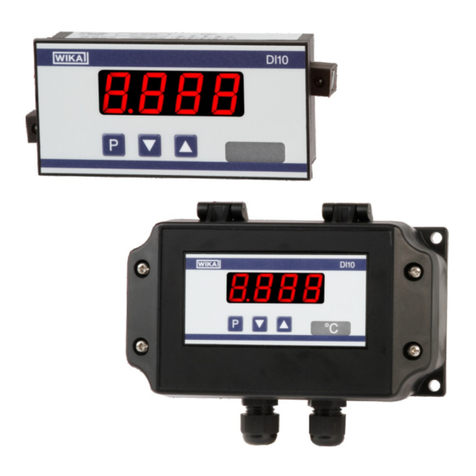
WIKA
WIKA DI10 User manual
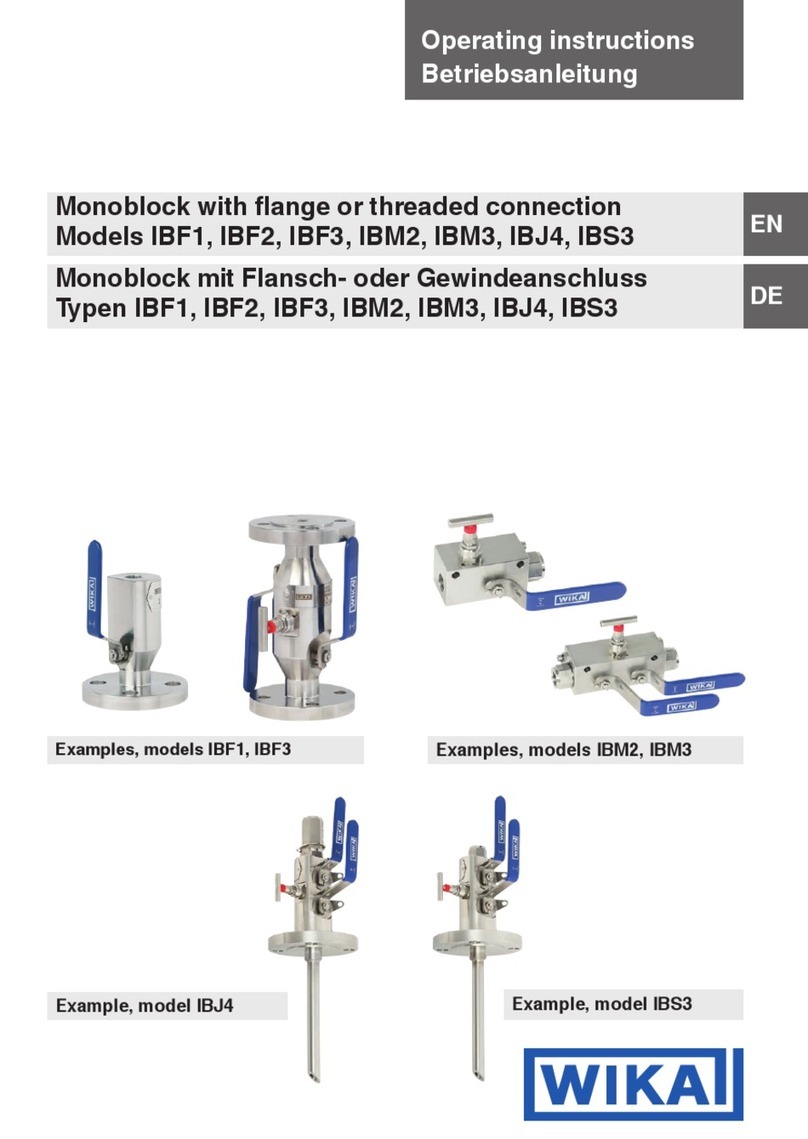
WIKA
WIKA IBF1 User manual
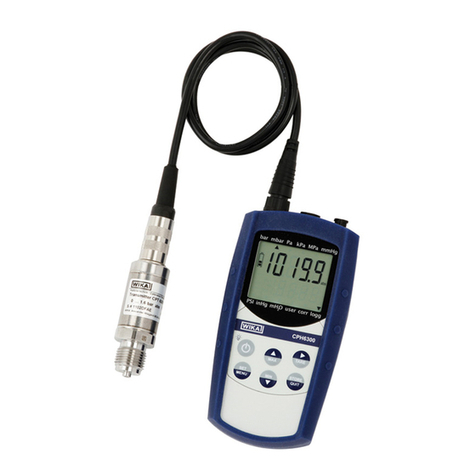
WIKA
WIKA CPH6300-S1 User manual

WIKA
WIKA NG 100 User manual

WIKA
WIKA A2G-10 User manual
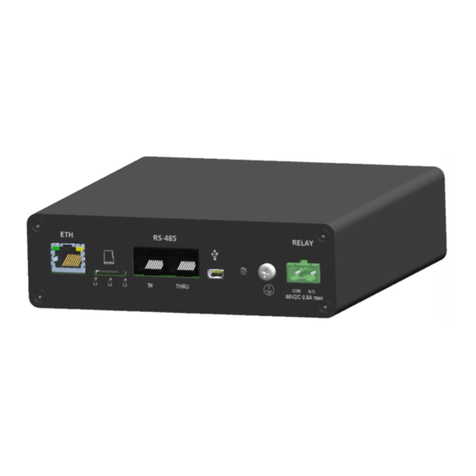
WIKA
WIKA SENSeOR AMS01 User manual
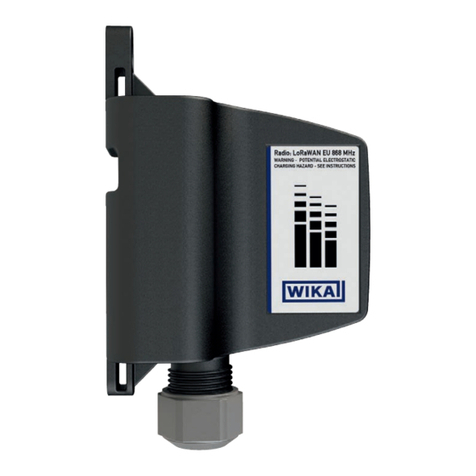
WIKA
WIKA NETRIS 3 User manual
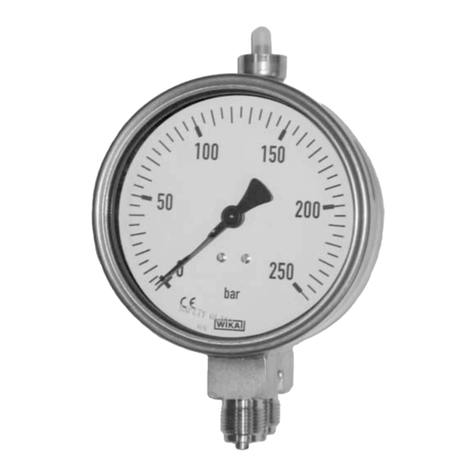
WIKA
WIKA 73 02.100 Series User manual

WIKA
WIKA TR Series User manual

WIKA
WIKA 712.15.160 User manual
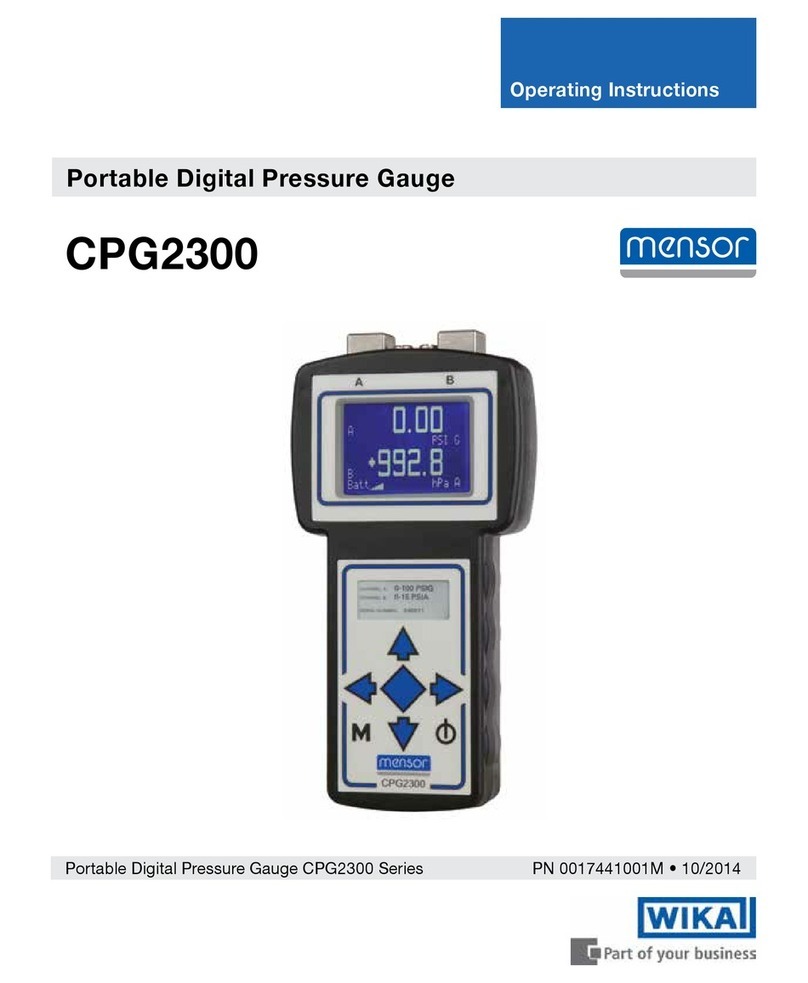
WIKA
WIKA CPG2300 Series User manual
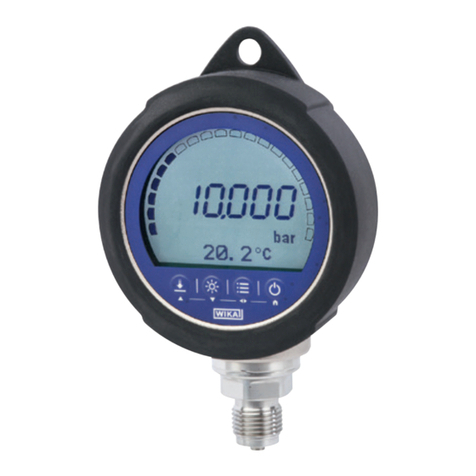
WIKA
WIKA CPG1500 User manual
Popular Measuring Instrument manuals by other brands
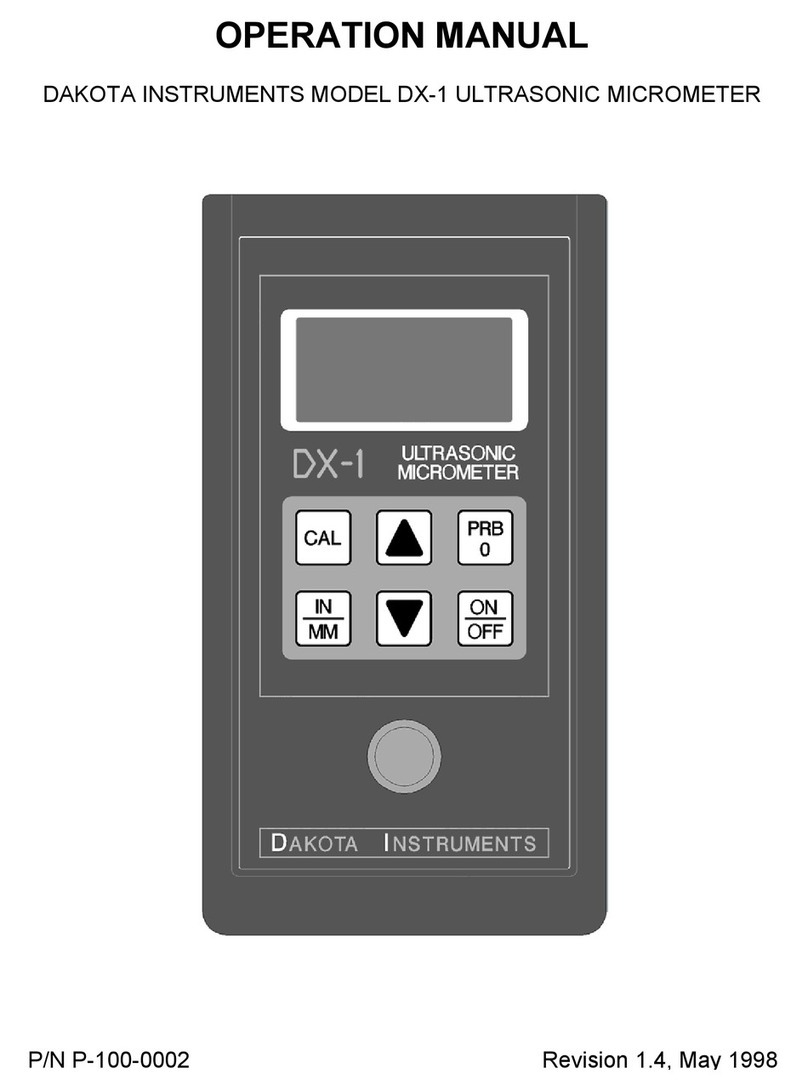
Dakota
Dakota DX-1 Operation manual
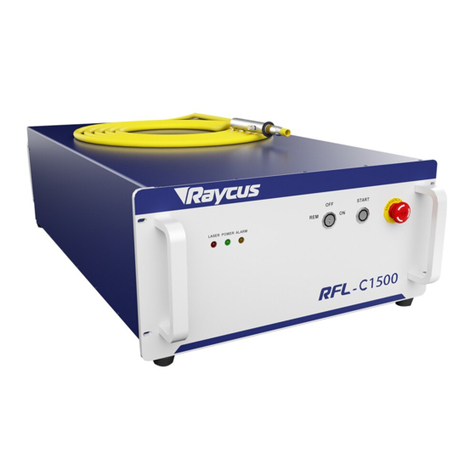
Raycus
Raycus RFL-C1500X user guide
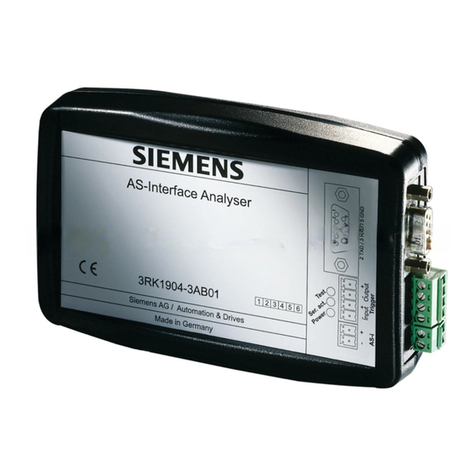
Siemens
Siemens as-interface ANALYSER 3RK1 904-3AB01 manual
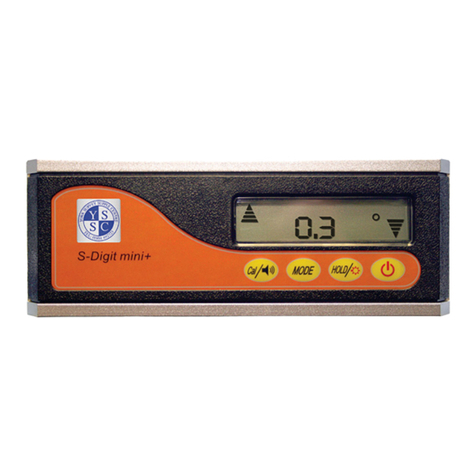
York Survey Supply
York Survey Supply S-Digit Mini+ 263040 operating instructions

Powerfix Profi
Powerfix Profi 278296 Operation and safety notes
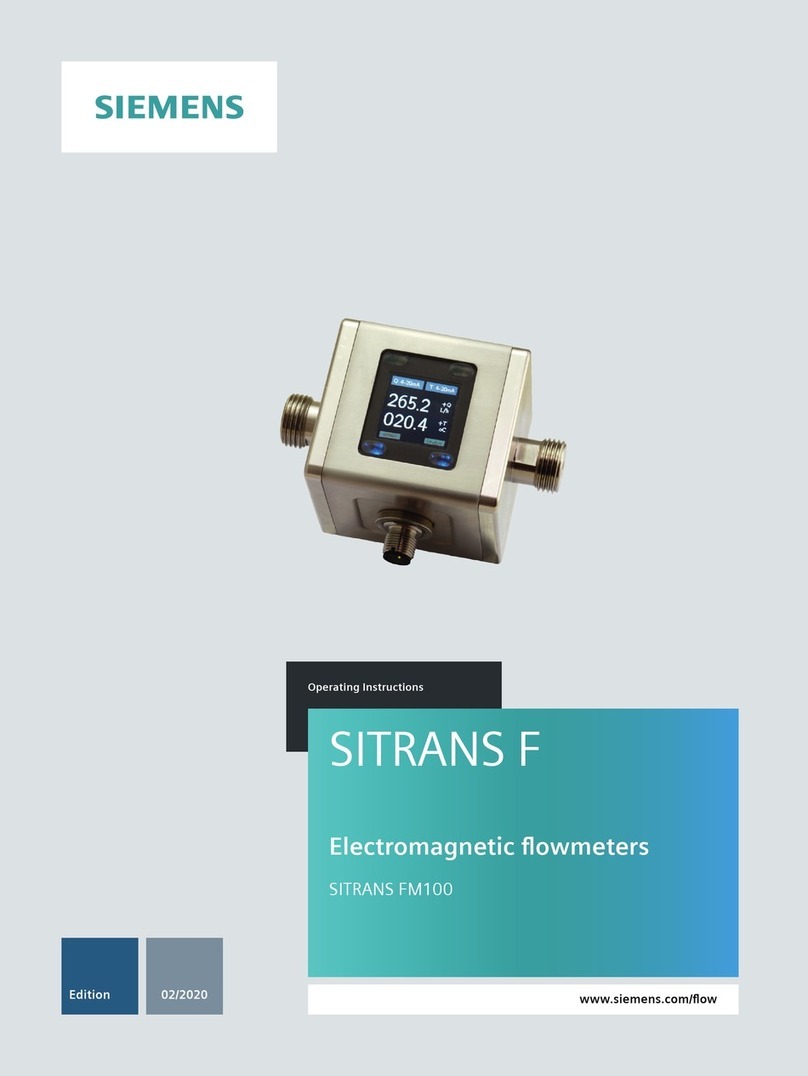
Siemens
Siemens SITRANS F FM100 operating instructions

